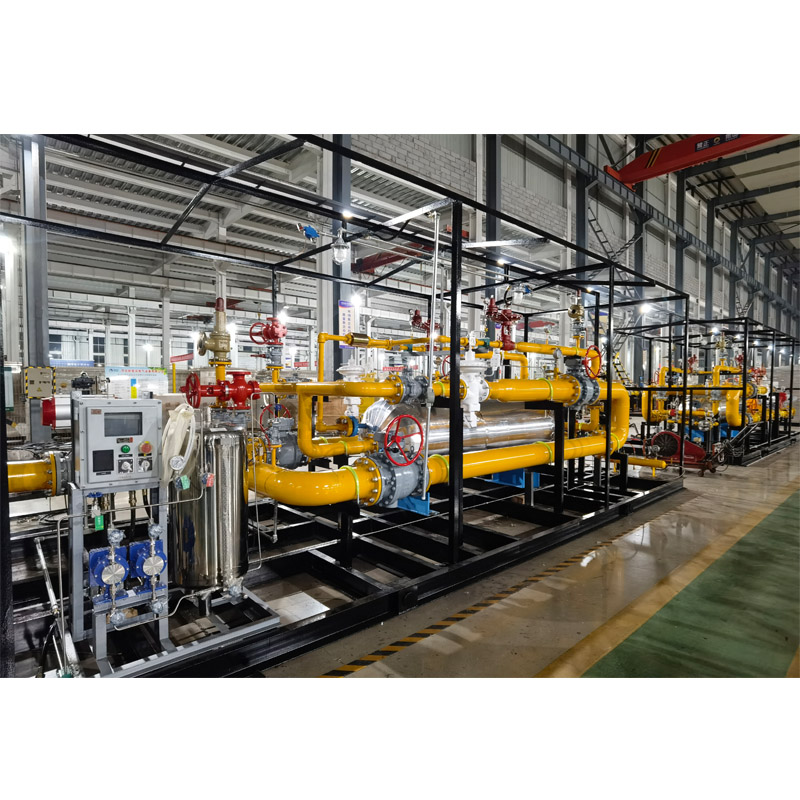
Dec . 10, 2024 23:05
Back to list
Regulating Valve for Optimal Flow Control and Pressure Management
Understanding Pressure Regulating Valves A Key Component in Fluid Control Systems
Pressure regulating valves (PRVs) are integral components in various fluid control systems, playing a crucial role in maintaining consistent pressure and ensuring safety in operations. These valves can be found in a variety of applications, including water supply systems, heating and cooling systems, and industrial processes. Their primary function is to control the pressure of fluids, ensuring that it remains within specific limits, thus preventing damage to equipment and ensuring efficient operation.
What is a Pressure Regulating Valve?
A pressure regulating valve is designed to automatically adjust the flow of fluids to maintain a desired pressure despite variations in supply pressure or demand conditions. When the downstream pressure falls below a set point, the valve opens, allowing more fluid to flow through — conversely, if the pressure exceeds the set limit, the valve will close to restrict the flow. This automatic adjustment mechanism is crucial for protecting sensitive equipment and ensuring system integrity.
Types of Pressure Regulating Valves
There are several types of pressure regulating valves, each suited for different applications
1. Direct-Acting Pressure Regulating Valves These valves operate directly under the influence of the inlet pressure. They typically consist of a spring-loaded diaphragm that opens or closes the valve in response to changes in pressure.
2. Pilot-Operated Pressure Regulating Valves In these systems, a smaller pilot valve controls a larger main valve. The pilot valve senses downstream pressure and adjusts the larger valve accordingly. This design offers greater sensitivity and can handle larger flow rates.
.
Applications of Pressure Regulating Valves
صمام تنظيم

Pressure regulating valves are employed in a wide range of industries. In the water supply sector, they help maintain appropriate pressure levels in distribution systems, preventing pipe bursts and ensuring that consumers receive a steady supply of water. In heating and cooling systems, these valves regulate pressure in boilers and chillers, facilitating optimal thermal efficiency.
Additionally, in industrial settings, PRVs are essential for processes that require specific pressure levels to ensure product quality and operational safety. For instance, in oil and gas industries, PRVs help manage pressures in pipelines, ensuring safe transport of fluids under varying conditions.
Benefits of Using Pressure Regulating Valves
The implementation of pressure regulating valves comes with numerous benefits
- Safety By maintaining correct pressure levels, PRVs help prevent accidents related to overpressure situations, thus safeguarding both personnel and equipment.
- Efficiency These valves help optimize fluid distribution systems, reducing energy costs and improving overall system performance.
- Longevity of Equipment By preventing pressure spikes that can damage equipment, PRVs contribute to the longevity of machinery and decrease maintenance costs.
- Environmentally Friendly Maintaining optimal pressure levels can reduce the likelihood of leaks and spills, making these systems more environmentally responsible.
Conclusion
Pressure regulating valves play a vital role in fluid control systems by ensuring that pressure remains within safe and efficient limits. Their versatile applications across various industries underscore their importance in maintaining operational integrity and safety. As technology continues to advance, the evolution of pressure regulating valves will likely enhance their functionality, leading to even greater efficiencies and innovations in fluid control systems. Understanding these vital components is essential for engineers and operators who seek to optimize their systems and ensure long-term reliability.
Latest news
-
Safety Valve Spring-Loaded Design Overpressure ProtectionNewsJul.25,2025
-
Precision Voltage Regulator AC5 Accuracy Grade PerformanceNewsJul.25,2025
-
Natural Gas Pressure Regulating Skid Industrial Pipeline ApplicationsNewsJul.25,2025
-
Natural Gas Filter Stainless Steel Mesh Element DesignNewsJul.25,2025
-
Gas Pressure Regulator Valve Direct-Acting Spring-Loaded DesignNewsJul.25,2025
-
Decompression Equipment Multi-Stage Heat Exchange System DesignNewsJul.25,2025

